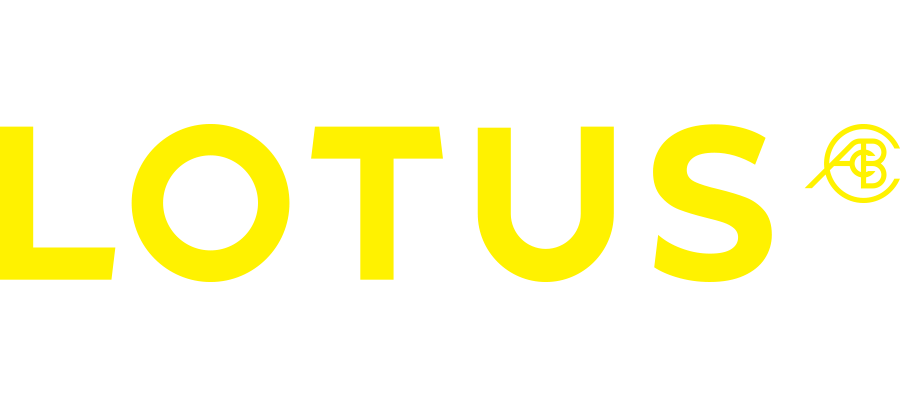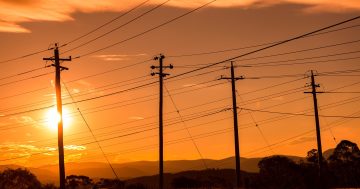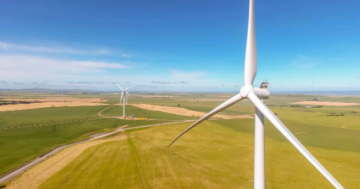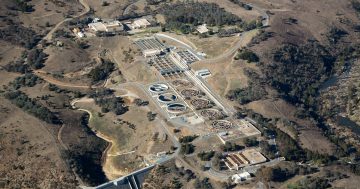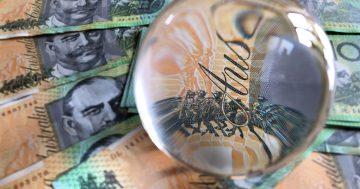The Independent Competition and Regulatory Commission has made Zed Seselja’s day by announcing that the price on carbon is sending your power bills shooting up as of July 2012:
The Independent Competition and Regulatory Commission today released its draft report on retail prices for franchise electricity customers. The draft price direction in that report increases the price of electricity for franchise customers by 17.22% from 1 July 2012.
‘The rise in regulated retail tariffs is largely attributable to increases in the cost of wholesale electricity with a smaller contribution coming from network fees. It would appear that the increase in the cost of wholesale electricity is almost entirely attributable to the introduction of a price on carbon by the Australian Government,’ Senior Commissioner Gray said.
‘The Terms of Reference, received in September 2011, required the Commission to set a price direction for the period 1 July 2012 to 30 June 2014. Today the Commission is releasing a draft price direction for 2012-13 and foreshadowing that it will review the operation of the wholesale electricity market during 2012-13, once the price on carbon has taken effect, before preparing a price direction for 2013-14’ announced Senior Commissioner, Malcolm Gray.
The Commission estimates that under the new tariffs, electricity costs for a typical franchise customer will rise by around $244 a year, or around $4.70 a week. Preliminary analysis by the Commission suggests that about $3.65 a week of this is attributable to the introduction of a price on carbon.
The full report is also available.
UPDATE 05/04/12 13:05: Simon Corbell is trying to soften the blow pointing out that prices are still quite low in the ACT compared to other places.
“This proposed price increase is largely due to the impact of the carbon price on household bills, and it is important to note that the Commonwealth Government is providing monetary compensation to approximately 90% of household across Australia to deal with this cost of living pressure,” Mr Corbell said.
“Even after this price increase has been factored into a household bill, Canberrans are still forecast to have the
lowest electricity bills out of all states and territories, and remain, on average, around 32% below an equivalent household’s bill in New South Wales.
Meanwhile the Greens’ Shane Rattenbury is hedging his bets:
The ACT Greens today expressed concern at the proposed electricity price rises in the ACT, but noted they are well below compensation provided for in the carbon price package. The Greens also noted the 17% decrease in green energy costs.
“The Greens are concerned by these price increases, and that is why we have an alternative plan to bring in renewable energy and energy efficiency, so that we can ensure these price hikes brought on by the fossil fuel industry don’t keep happening in the future,” said Greens Energy spokesperson, Shane Rattenbury.
“It is worth noting that while the ICRC attributes a $3.65 per week increase in the price of electricity for the average household to the carbon price, the Clean Energy Future package provides $10.10 per week of compensation for the average household.
UPDATE 05/04/12 13:43: ActewAGL are weighing in on the conversation:
The ICRC’s draft decision projects an increase in the regulated price of electricity of 17.2 per cent from 1 July 2012. The ICRC’s preliminary analysis estimates that for a typical residential customer electricity costs will rise by around $4.70 a week.
ActewAGL General Manager Ayesha Razzaq said, “In this decision there is no increase in the retail margin to ActewAGL. The main reason for this price increase is due to the introduction of a price on carbon. In fact, of the 17.2 per cent increase, approximately 13 per cent, or $3.65 a week, is as a direct result of carbon. This is in line with the Federal Government’s forecast when the price on carbon was announced in July 2011.
“The other main contributor to the price increase is the ongoing need for investment in electricity infrastructure, including upgrading and expanding the electricity network as our city continues to grow.
“While we understand today’s draft pricing report, there are one or two aspects that we have concerns about. As such, ActewAGL will be raising some matters with the ICRC which will need to be considered,” Ms Razzaq said.
“We understand the cost of living pressure that Canberra residents are facing and our focus remains on assisting our customers to manage their energy costs.”
UPDATE 05/04/12 14:27: And here comes the Zed-bot ahead of schedule but otherwise highly predictable:
The Independent Competition and Regulatory Commission today revealed Canberrans will be slugged an extra $244 yearly for electricity, largely due to the Labor/Greens carbon tax, bringing the average Canberran’s bill to $1662.
“Katy Gallagher supports the carbon tax which has added this huge 17 per cent increase to Canberrans’ already stretched budgets,” ACT Opposition Leader Zed Seselja said today.
“Today’s hit comes her after government has already doubled rates in many suburbs, will add $225 to bills to pay for the solar feed-in tariff, and have tripled water bills, with more increases to come due to their inability to manage the Cotter Dam.
“If it weren’t for the Labor/Green’s massive carbon tax, Canberrans’ electricity bills would only have increased by $55. Instead, they’re being slugged with a $189 carbon tax component.
“The Canberra Liberals are very concerned about the Canberrans who will cop this massive cost of living hit from the Labor Government, and the businesses which are already doing it tough and will now be fleeced even further by the government.
“It’s clear that the policies of Labor and the Greens at both a federal and local level are placing massive cost burdens on Canberra families,” Mr Seselja concluded.
UPDATE 05/04/12 17:52: Member for Fraser Andrew Leigh has sent in his take on the household assistance to compensate the package:
Average weekly household spending will go up around $9.90, including $3.30 a week on the average electricity bill and $1.50 a week on the average gas bill. On average, households will receive $10.10 a week in assistance.
There are two ways that households will receive assistance: increases in pensions, allowances and family payments, and income tax cuts.
The assistance will mean:
— pensioners and self?funded retirees will get up to $338 extra per year if they are single and up to $510 per year for couples, combined
— families receiving Family Tax Benefit Part A will get up to an extra $110 per child
— eligible families will get up to an extra $69 in Family Tax Benefit Part B
— allowance recipients will get up to $218 extra per year for singles, $234 per year for single parents and $390 per year for couples combined
— taxpayers with annual income of under $80,000 will all get a tax cut, with most receiving at least $300 per year
These extra payments and tax cuts are permanent.
